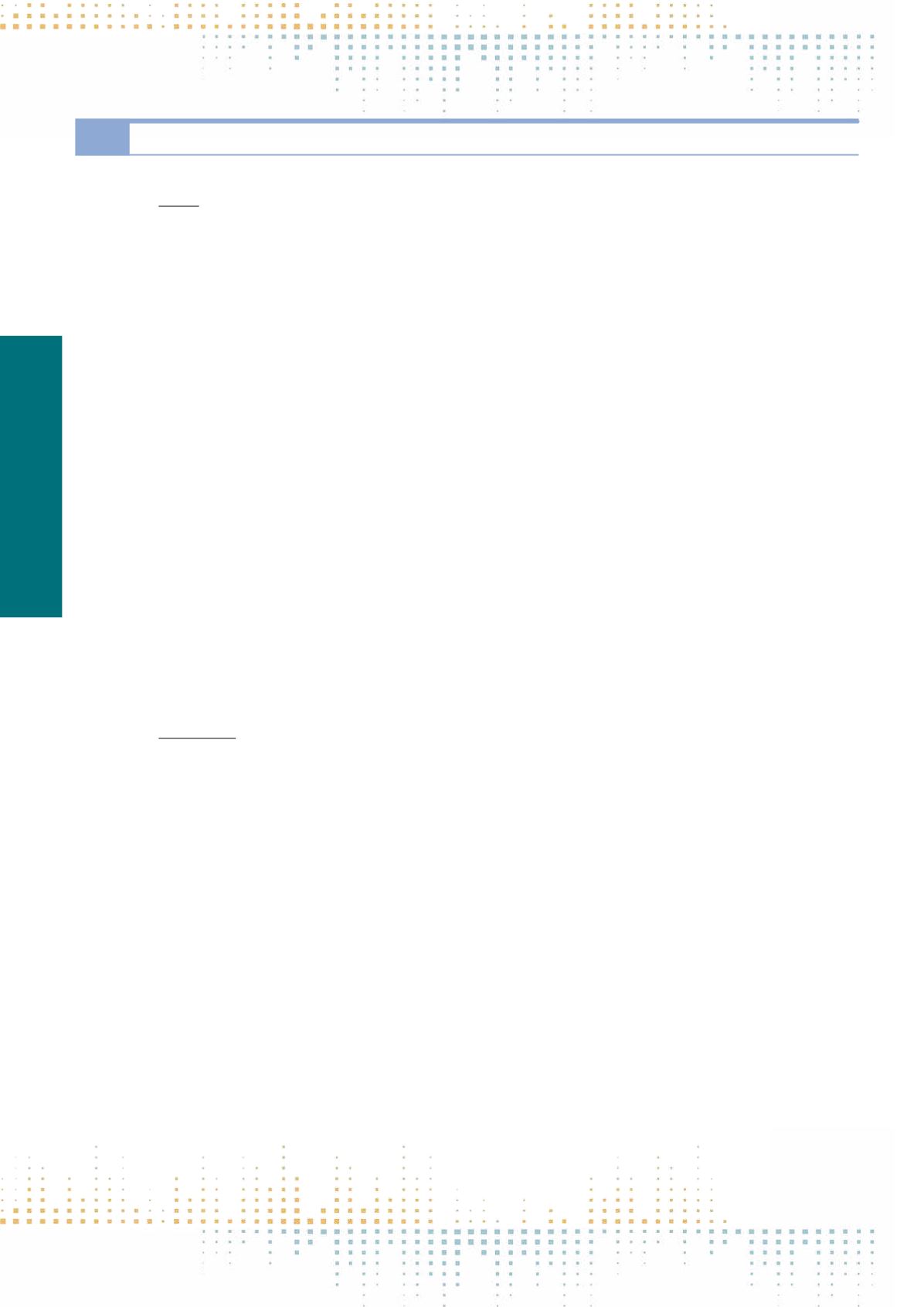

508
Thursday, November 10
0 9 : 0 0 – 1 0 : 3 0
POL02
Bias, Balance and Fairness
PP 001
Consequences of Perceived Bias in Voters’ Intermediation Environments
M. Bachl
1
1
University of Hohenheim, Department of Communication, Stuttgart, Germany
Background. Exposure to attitude-consistent and cross-cutting information is of great relevance in political communication research on campaign effects.
Recent studies have investigated the various effects of exposure to (in)congruent opinions from the news media (e.g., Dilliplane, 2104, AJPS), interpersonal
discussions (e.g., Schmitt-Beck & Partheymüller, 2014, BJPolS), or campaign advertisements (Matthes & Marquart, 2015, CR). These studies, like most
of the recent work in this line, focused exclusively on a single intermediary (i.e., only mass media, discussions, or advertisements). In this proposal, we
argue that such specialized investigations – without disputing their important insights – bear the danger of losing sight of the voters’ broader informa‑
tional and social contexts. We therefore aim to revitalize the concept of voters’“intermediation environments” (e.g., Beck, 1991, POQ; Dalton et al., 1998,
APSR; Schmitt-Beck, 1994, EJC), which is rooted in the tradition of the seminal studies of the Columbia School (e.g., Lazarsfeld et al., 1944, People’s choice).
The concept highlights the importance of simultaneously analyzing all intermediaries of political communication, that is, mass media, interpersonal dis‑
cussion networks, and the parties’campaign communication. Following this idea, we investigate the effects of both attitude-consistent and cross-cutting
bias perceptions in the intermediation environments in three relevant domains. Additionally, we test the consequences of omitting all but one interme‑
diary from the analyses to demonstrate the need for taking into account whole intermediation environments. Data. We analyze representative surveys for
the German Bundestag elections 2009 and 2013 from the GLES rolling cross-section module
(http://www.gesis.org/en/elections-home/gles/). The data
set consists of all respondents who were first interviewed during the final four weeks before the elections and took part in the post-election panel wave
(n_2009=2,136; n_2013=2,055). All predictors were taken from the pre-election wave and all outcomes from the post-election wave to guarantee causal
ordering. Both surveys were pooled and the election year was controlled for to increase generalizability beyond a single campaign. Measures. We created
straightforward measures of bias perceptions in the voters’intermediation environments by combing the answers on information exposure and party eval‑
uations.This yielded six measures that approximate like-minded and cross-cutting bias perceptions in media coverage, interpersonal discussions, and direct
campaign contacts. The outcomes covered three domains: perception of the campaign (interesting, helpful, most helpful intermediary); perceived party
polarization (average distance of the parties on the fiscal/social dimension, i.e., lower taxes vs. more welfare); voting decision (voted, vote timing, vote
difficulty). Relevant controls (media use, discussion frequency, political interest, party identification, intention to vote, sociodemographics) were included.
Results. In sum, we show that both attitude-consistent and cross-cutting bias perceptions in the voters’ intermediation environments matter during elec‑
tion campaigns. Hostile media perceptions and opinion-congruent direct campaign contacts primarily influence the voters’perceptions of the campaign and
party positions. Reinforcement of voters’ political attitudes in opinion-friendly interpersonal discussions are additionally relevant for the voting decision.
Omitting all but one intermediary from the analyses led to an overestimation of the effects, especially for perceived media bias.The results will be discussed
in the light of the integrative research on intermediation environments.
PP 002
Desired vs. Correct Conclusions: The Motivated Selection of Balanced Content
C. Brenes Peralta
1
, M. Wojcieszak
1
, Y. Lelkes
2
, C. De Vreese
2
1
University of Amsterdam, Amsterdam School of Communication Research, Amsterdam, Netherlands
2
University of Amsterdam, Amsterdam, Netherlands
Political communication research has produced mixed evidence about the extent to which citizens engage in selective exposure concerning political infor‑
mation. Whereas some research has suggested that citizens select mostly pro-attitudinal content in the media(e.g., Iyengar & Hahn, 2008), other studies
have shown that people choose both pro- and counter-attitudinal information (Bakshy, Messing & Adamic, 2015; DiMaggio & Sato, 2003; Stroud, 2011). To
understand what drives citizens to choose different information, some scholars have emphasized the importance of examining how people’ motivations,
as well as individual characteristics (i.e. attitude strength and certainty), drive selection and processing of political information (e.g. Druckman, 2012;
Hart et al., 2009; Holbrook, Berent, Krosnick, Visser & Boninger, 2005; Knoblock-Westerwick & Meng, 2009; Lodge & Taber, 2005; Taber & Lodge, 2006;
McGraw, 2000). Drawing on selective exposure and motivated reasoning theories, we expand the current literature by studying two important factors.
First, we examine how defensive and accuracy motivations impact selection of pro-, counter-attitudinal content, and in addition, balanced content, which
directly contrasts pro- and con-issue arguments. Second, we examine whether selection driven by defensive and accuracy goals is moderated by attitude
strength and certainty. Using two online experiments, we prime either accuracy or defensive motivations and examine information selection about health
care reform (N = 155) and climate change (N = 274) among those who vary in terms of attitude strength. Most notably, our results show that having
a defensive motivation, in addition to possessing strong and certain attitudes, were the strongest predictors of selective exposure. Accuracy motivation
was the strongest predictor of balanced exposure, whereas attitude strength and certainty did not play an important role in selection among accuracy
motivated individuals. We discuss the implications of our findings for the selective exposure literature. First, our findings reinforce the argument that
selective exposure to political information is most prevalent among citizens who are motivated to reinforce desired conclusions, and who hold strong and
certain issue attitudes. Second, when people are motivated to reach a correct conclusion, they engage less in selectivity and, instead, seek a direct contrast
of diverse perspectives. Third, an unexpected finding was that people driven by defensive goals equally pursued balanced and pro-attitudinal information.



















